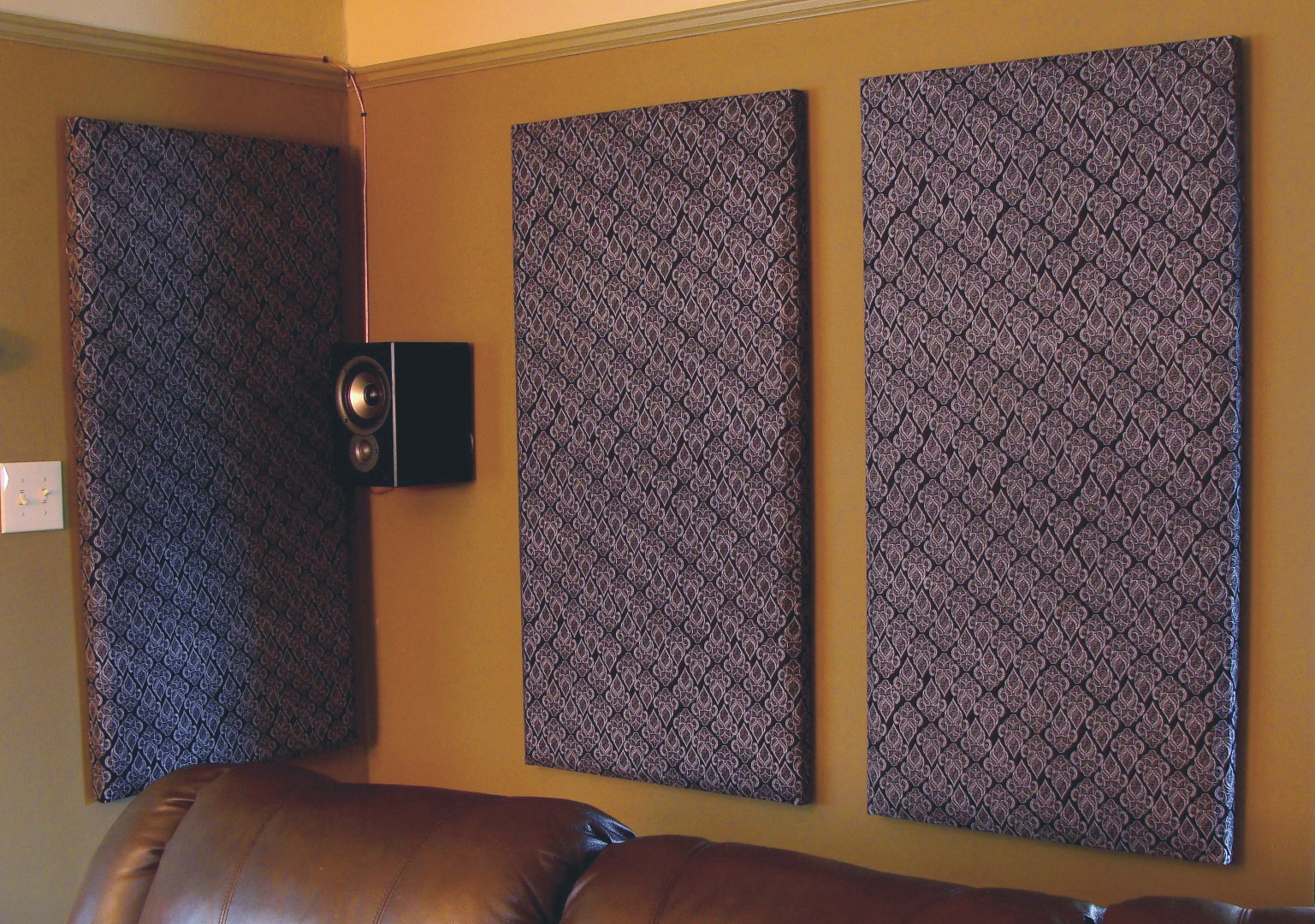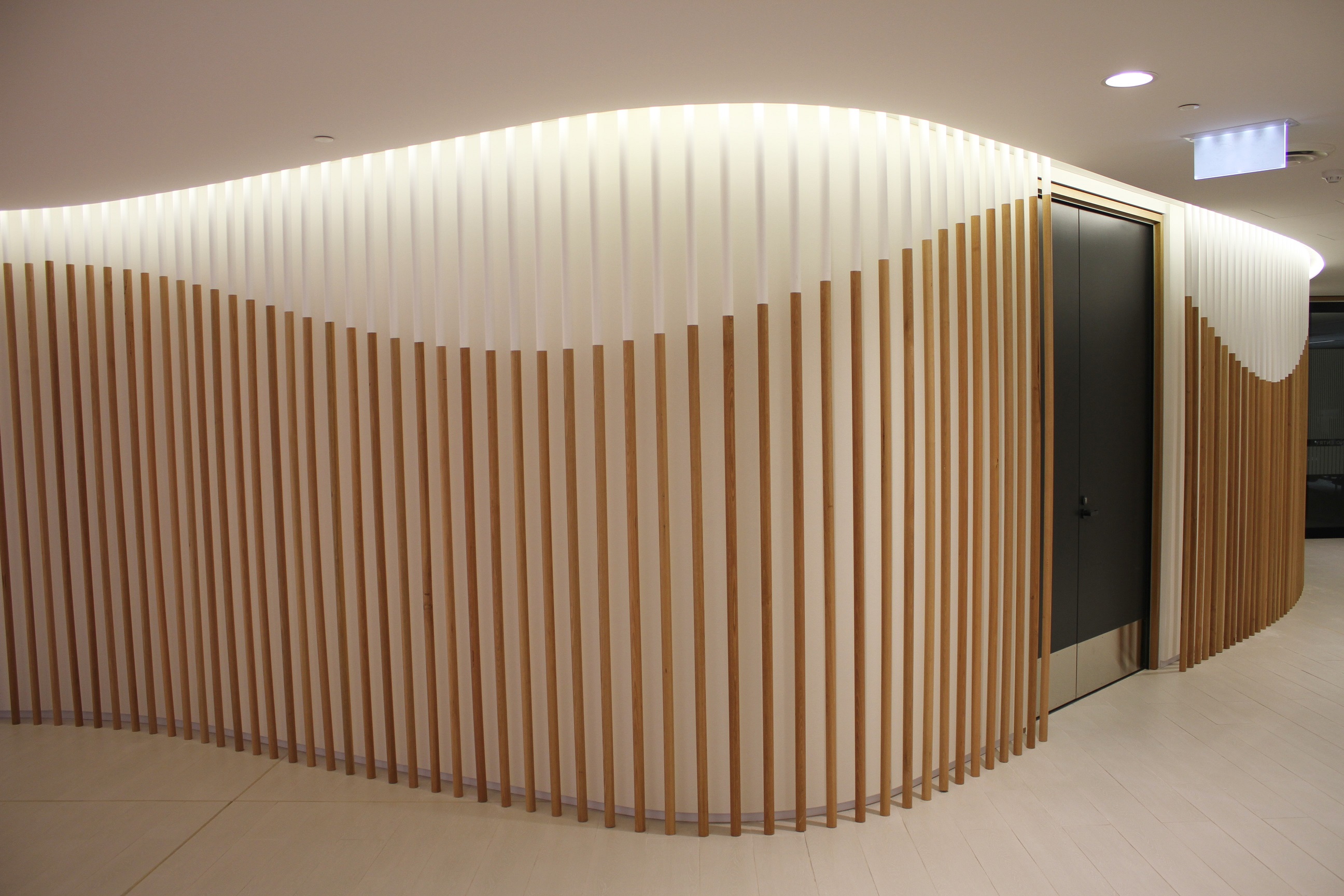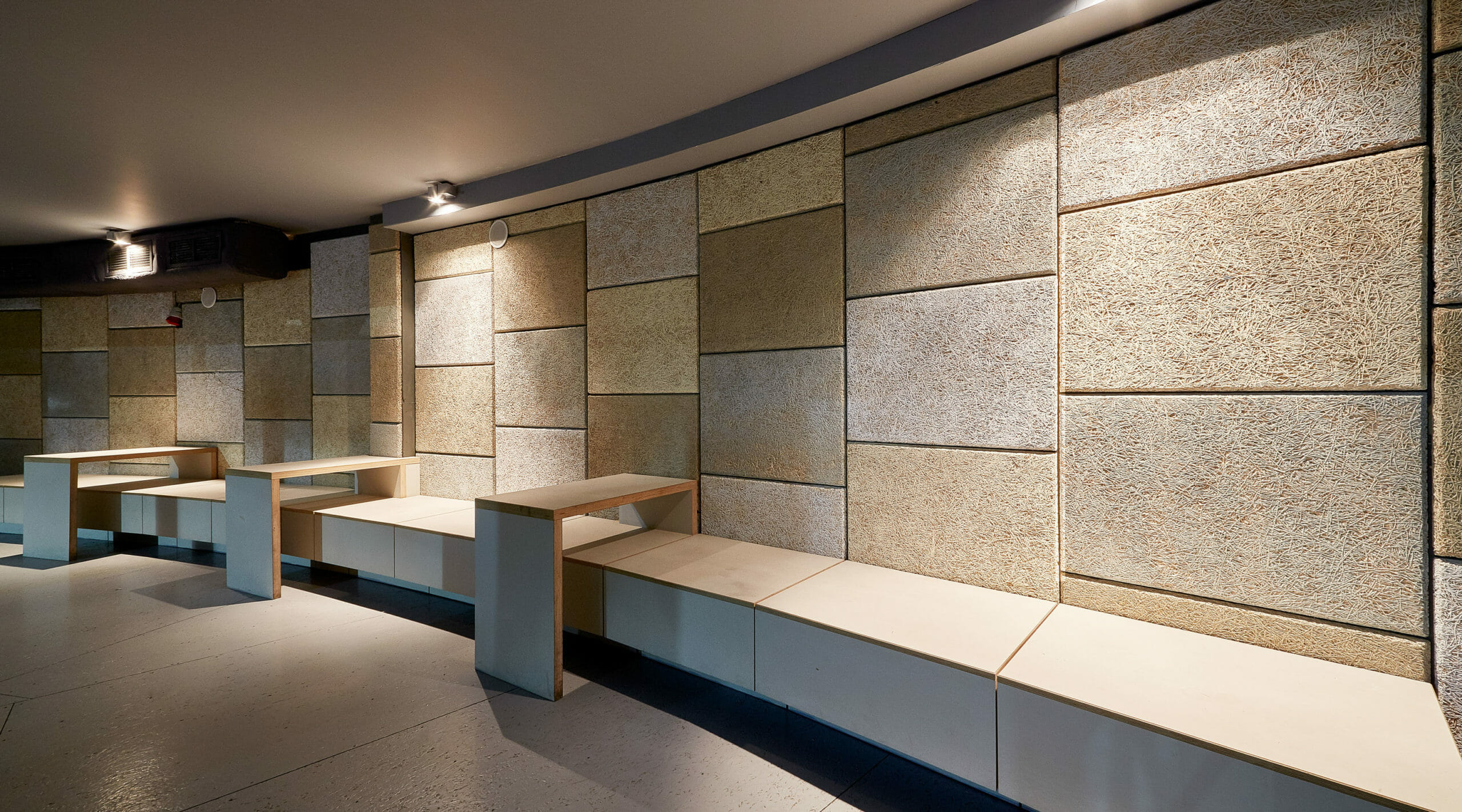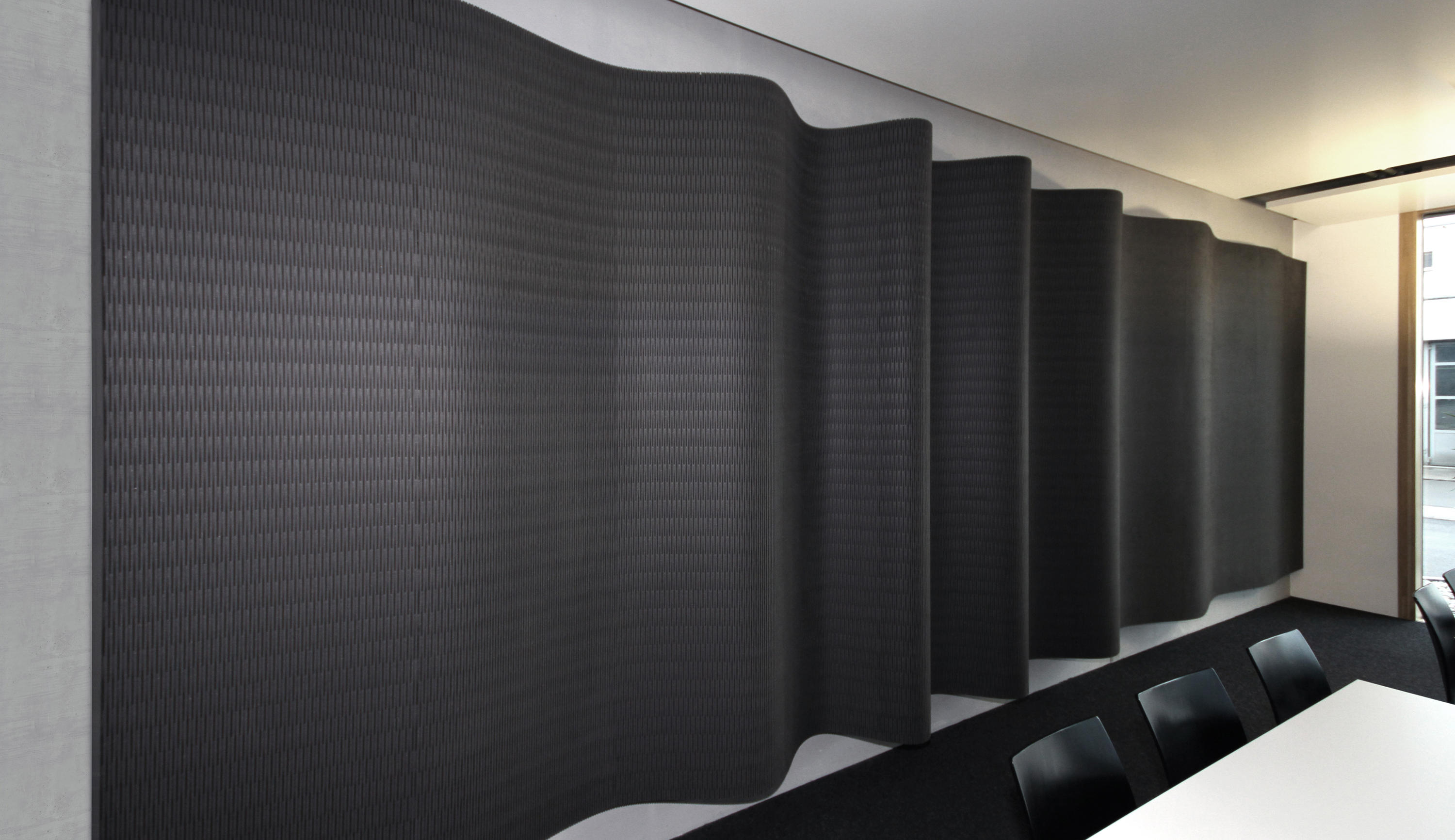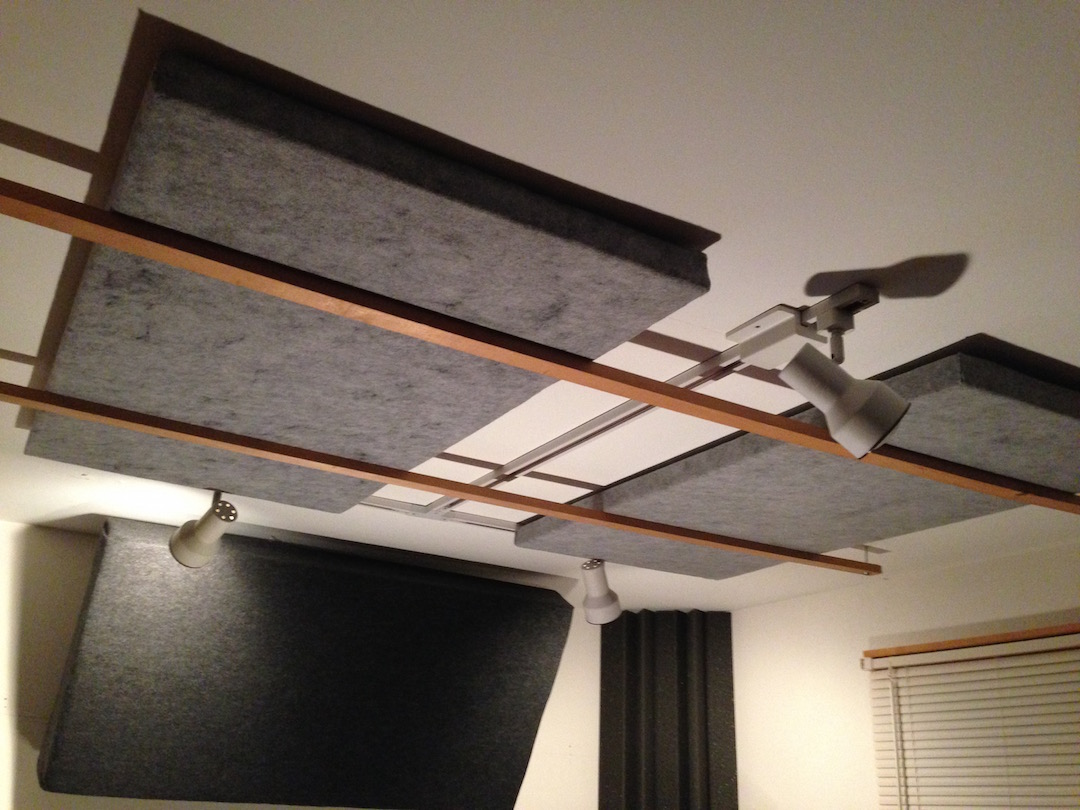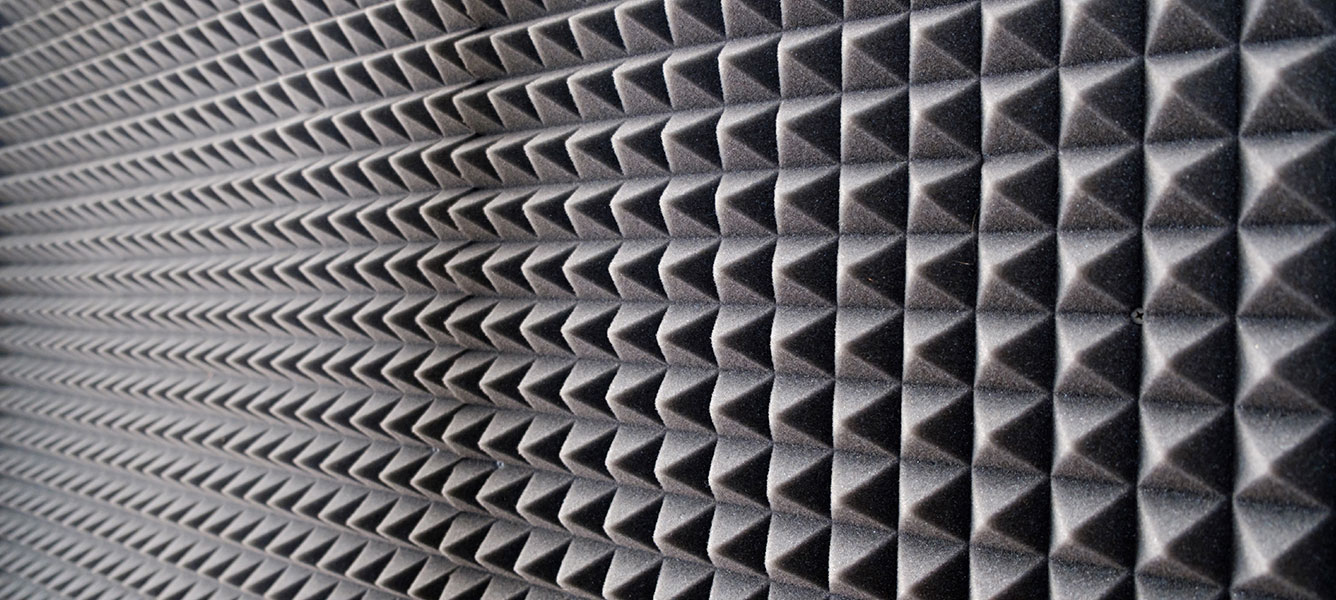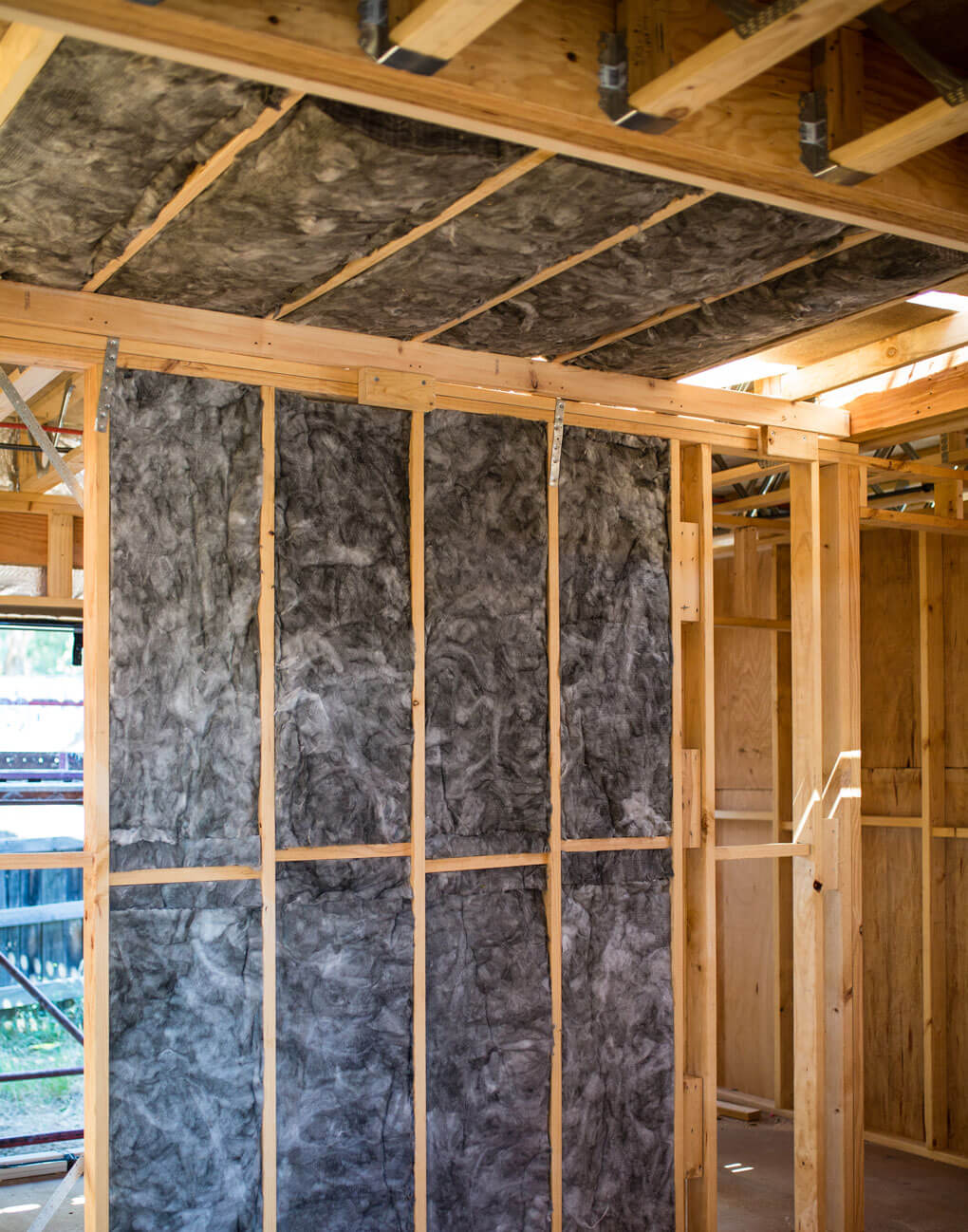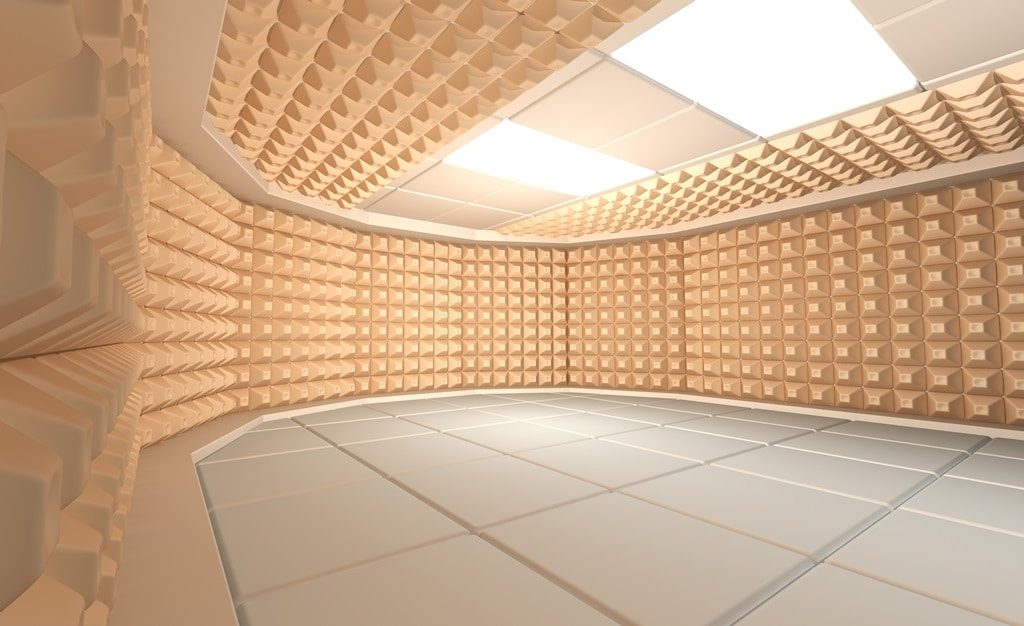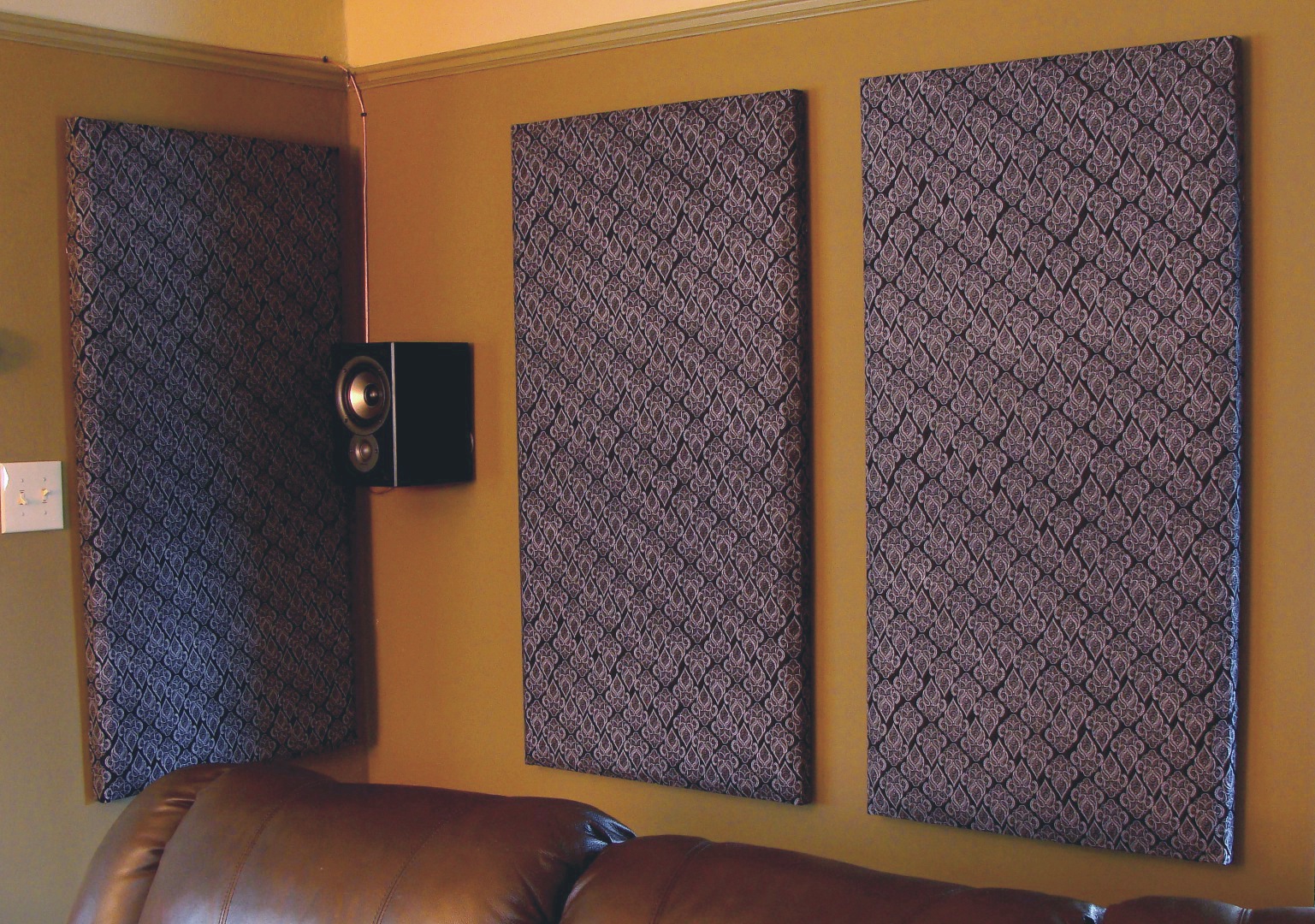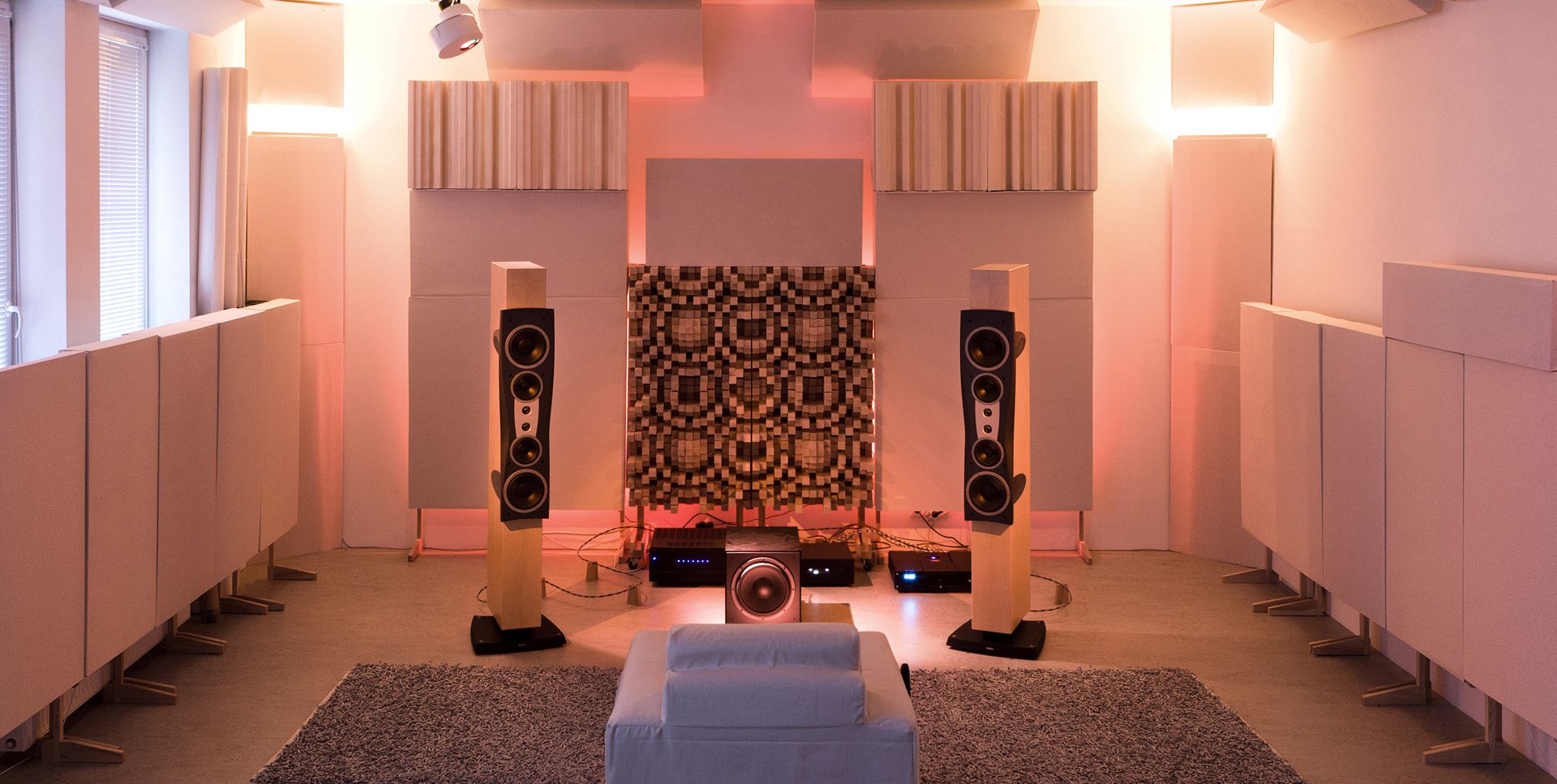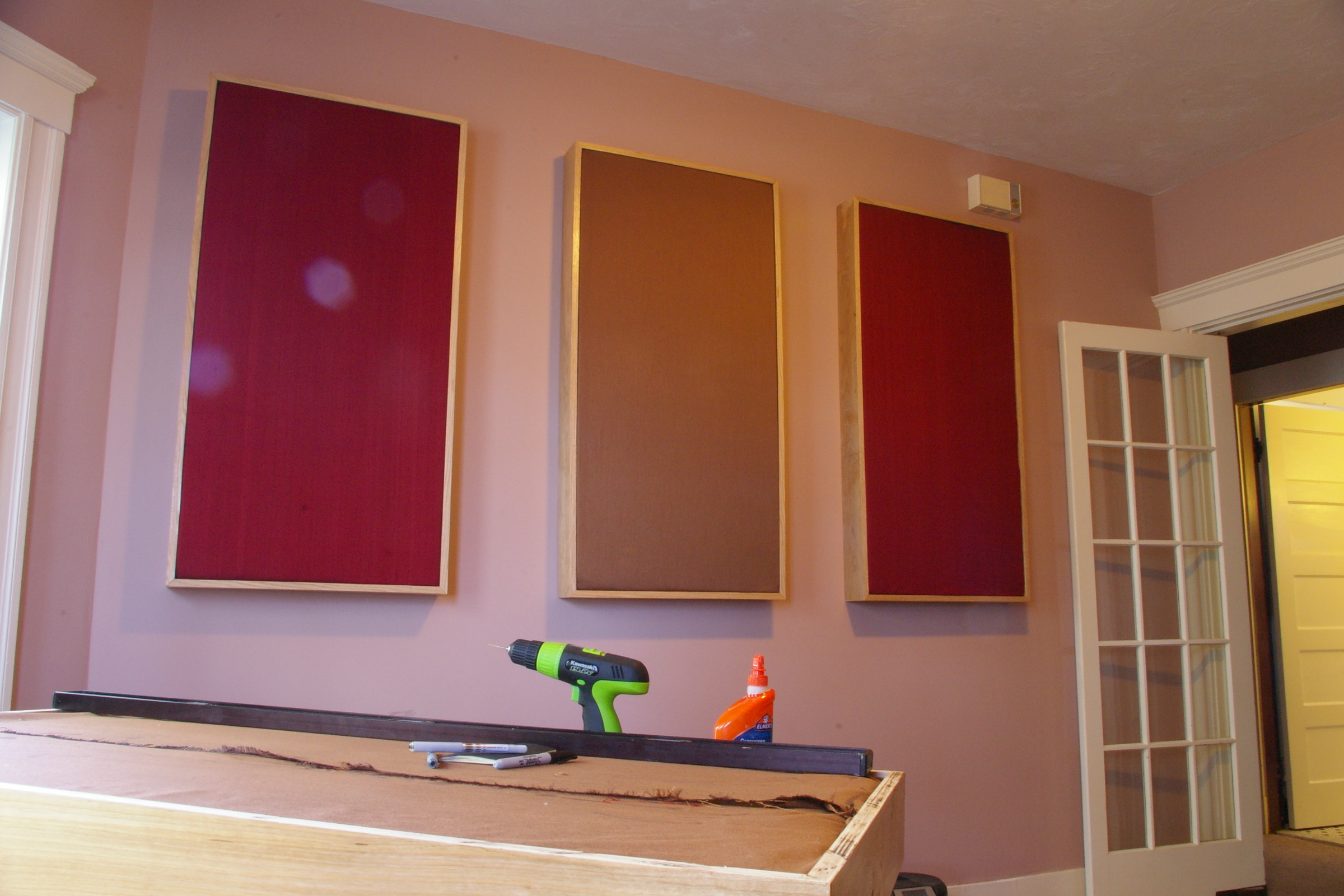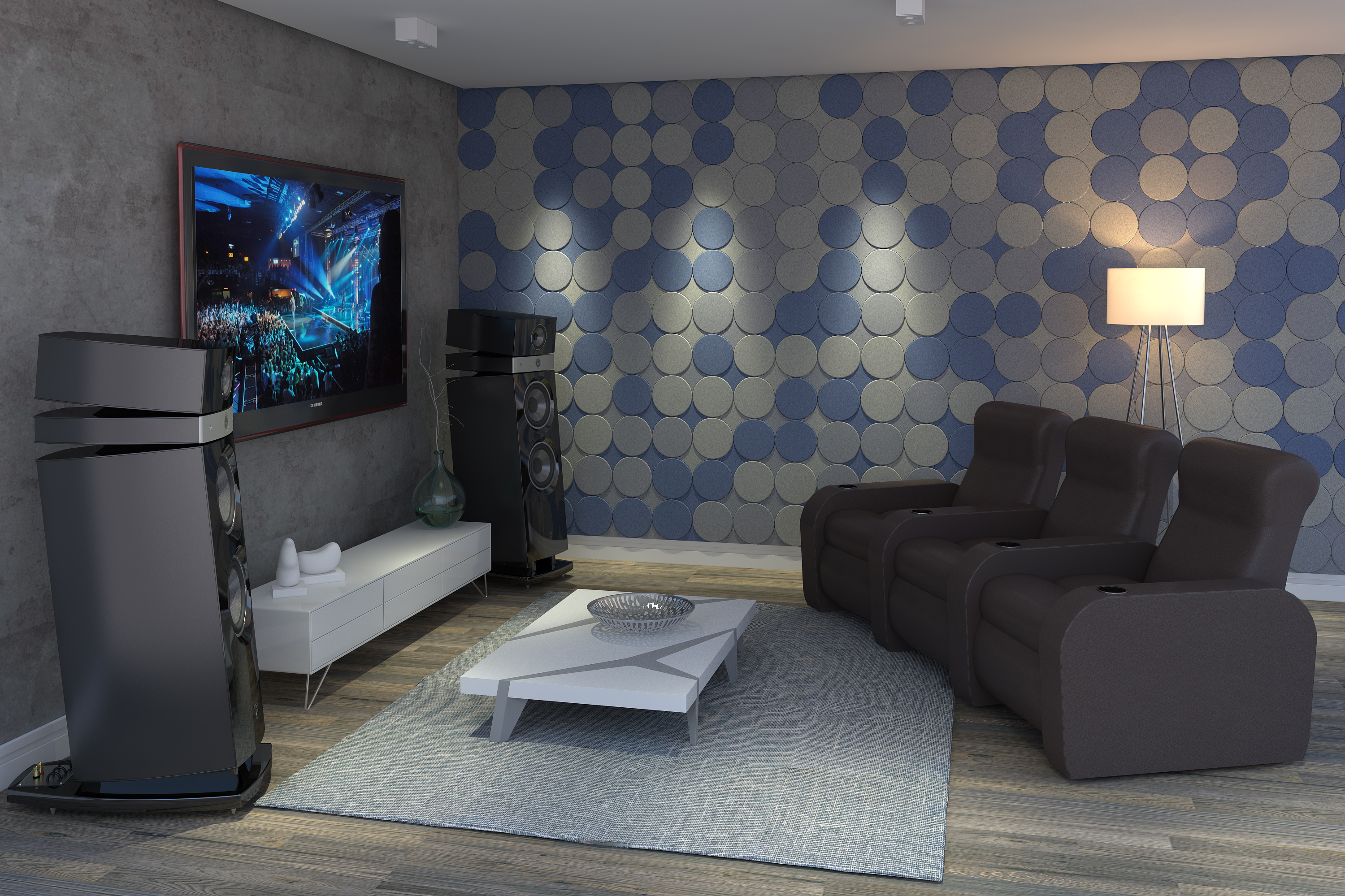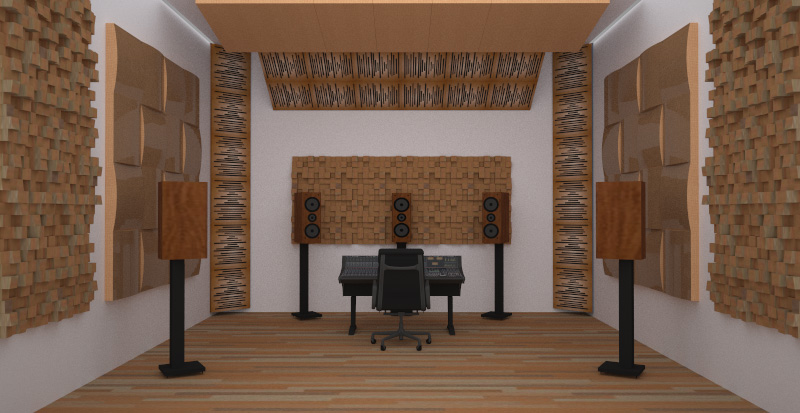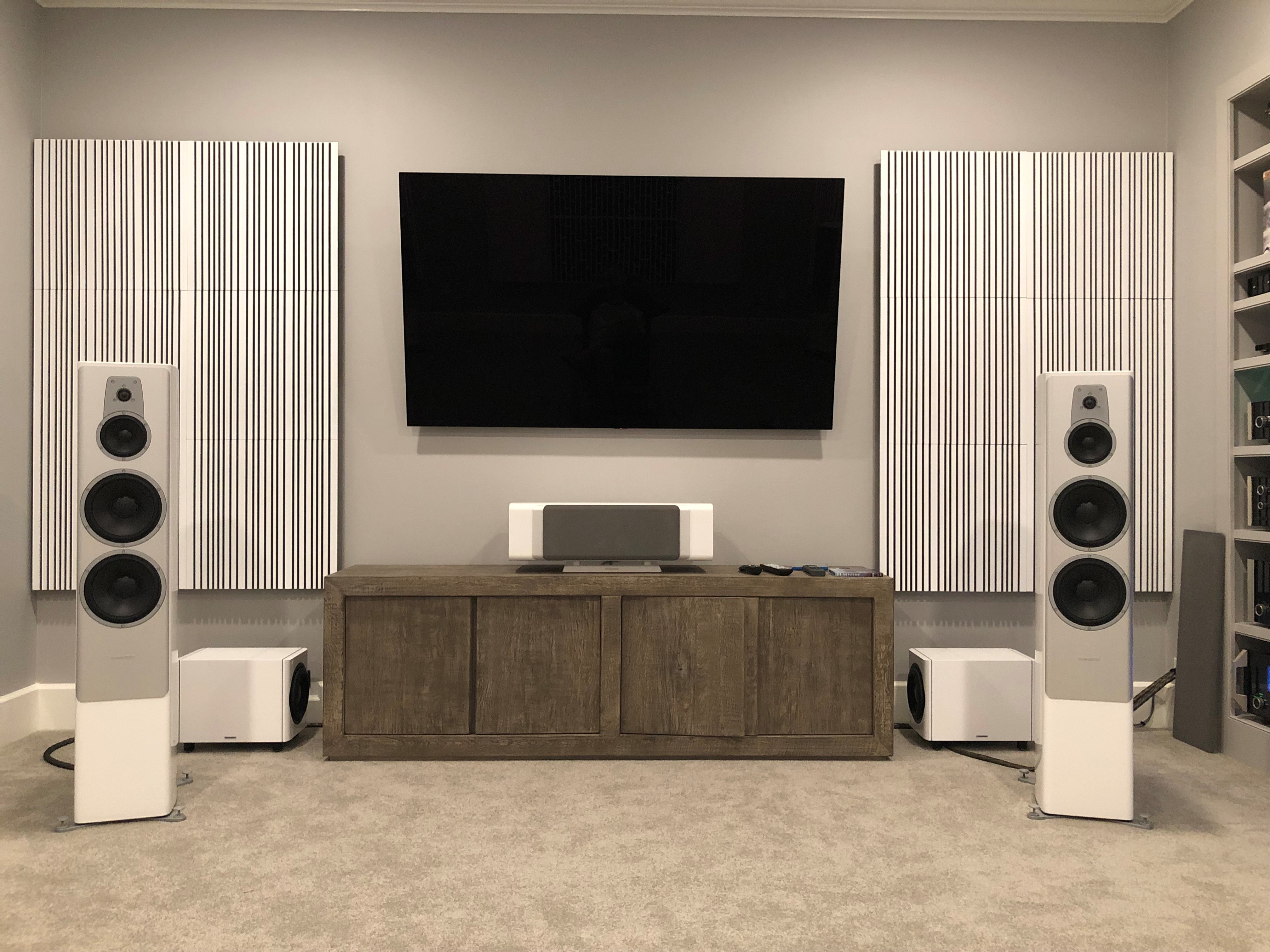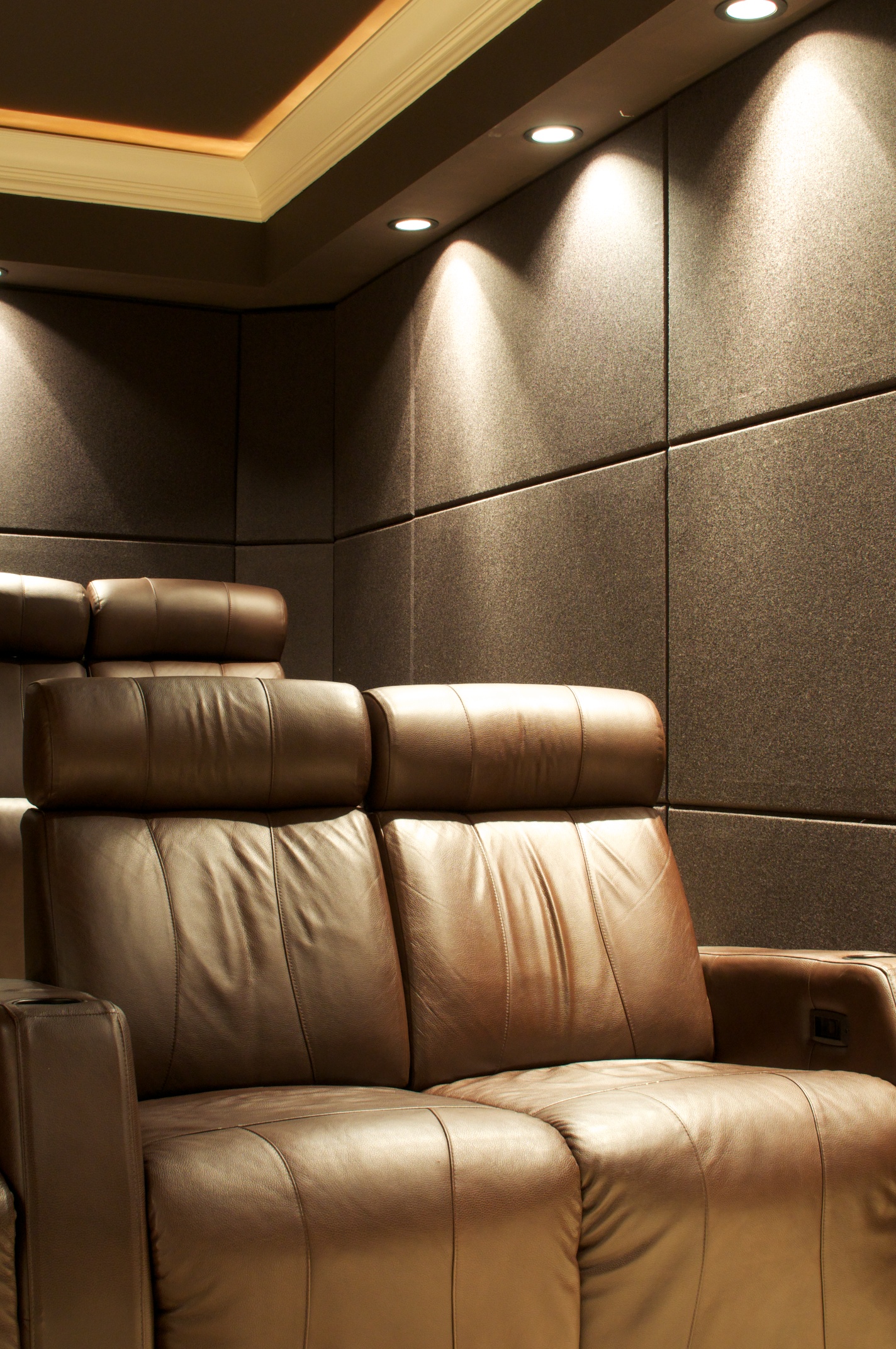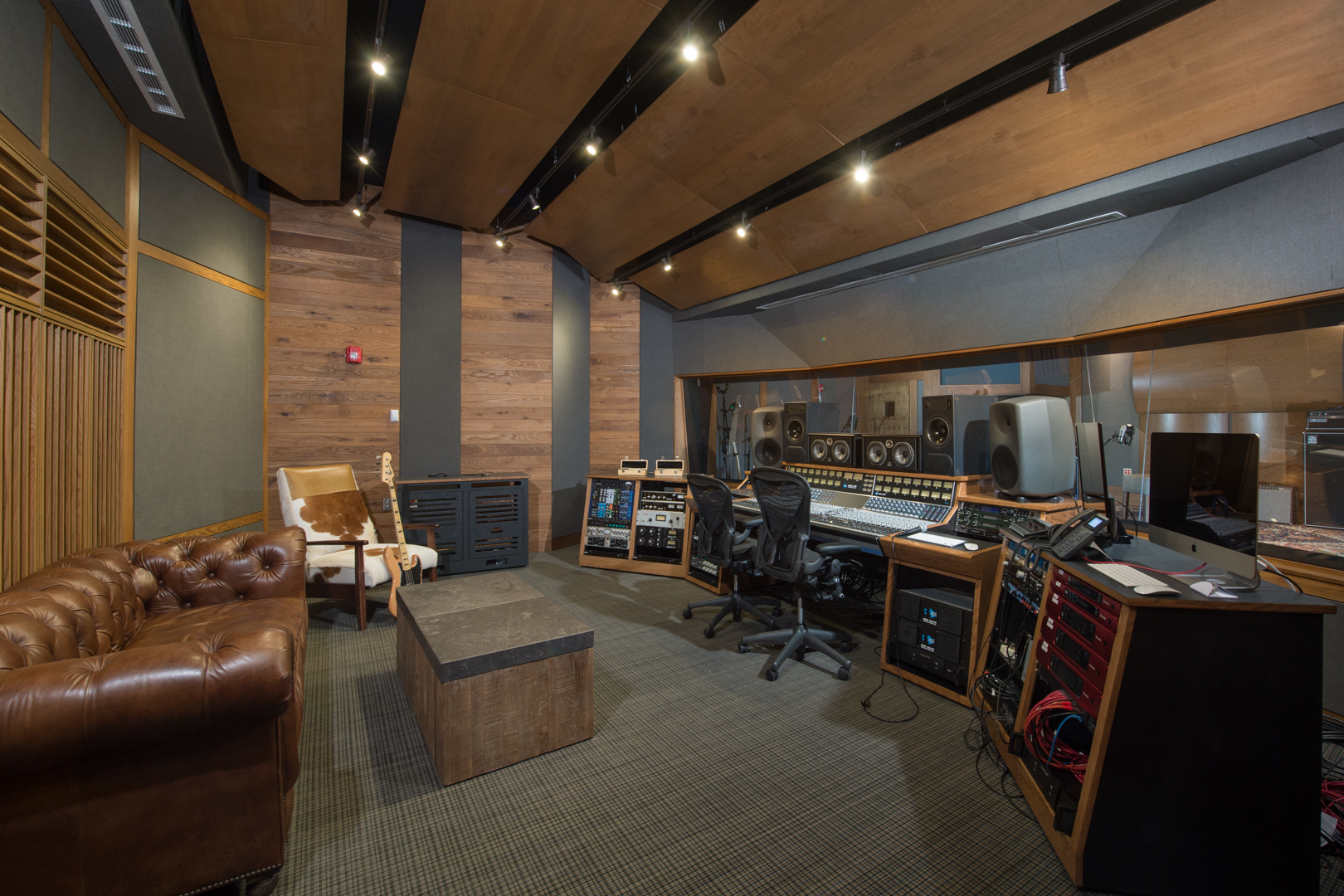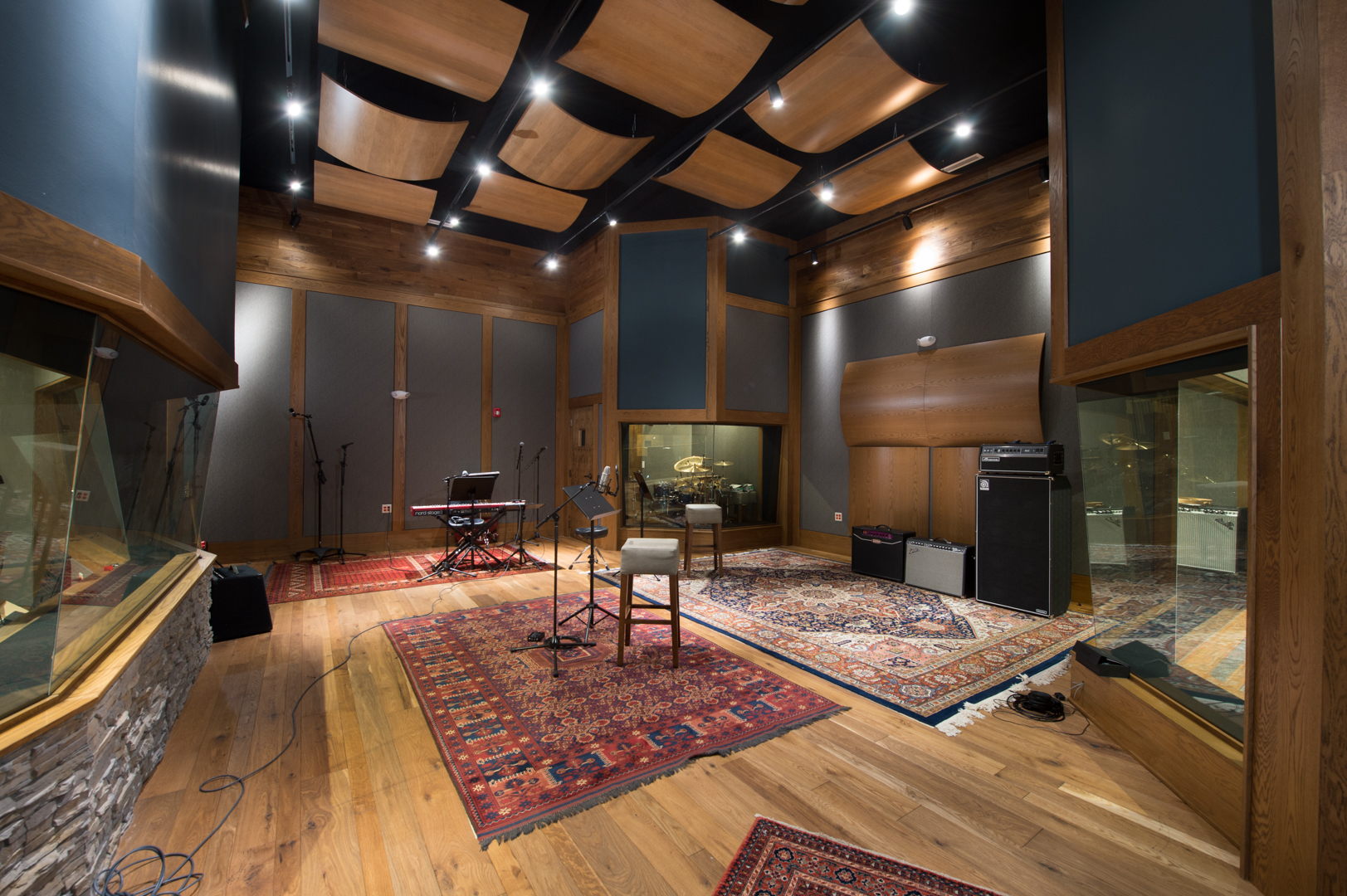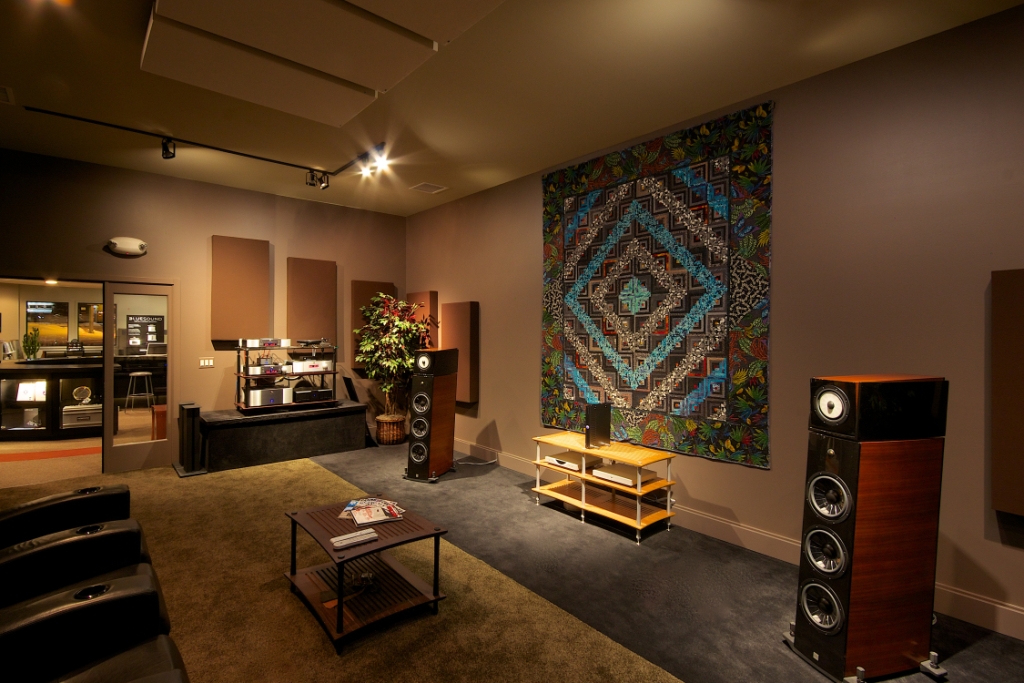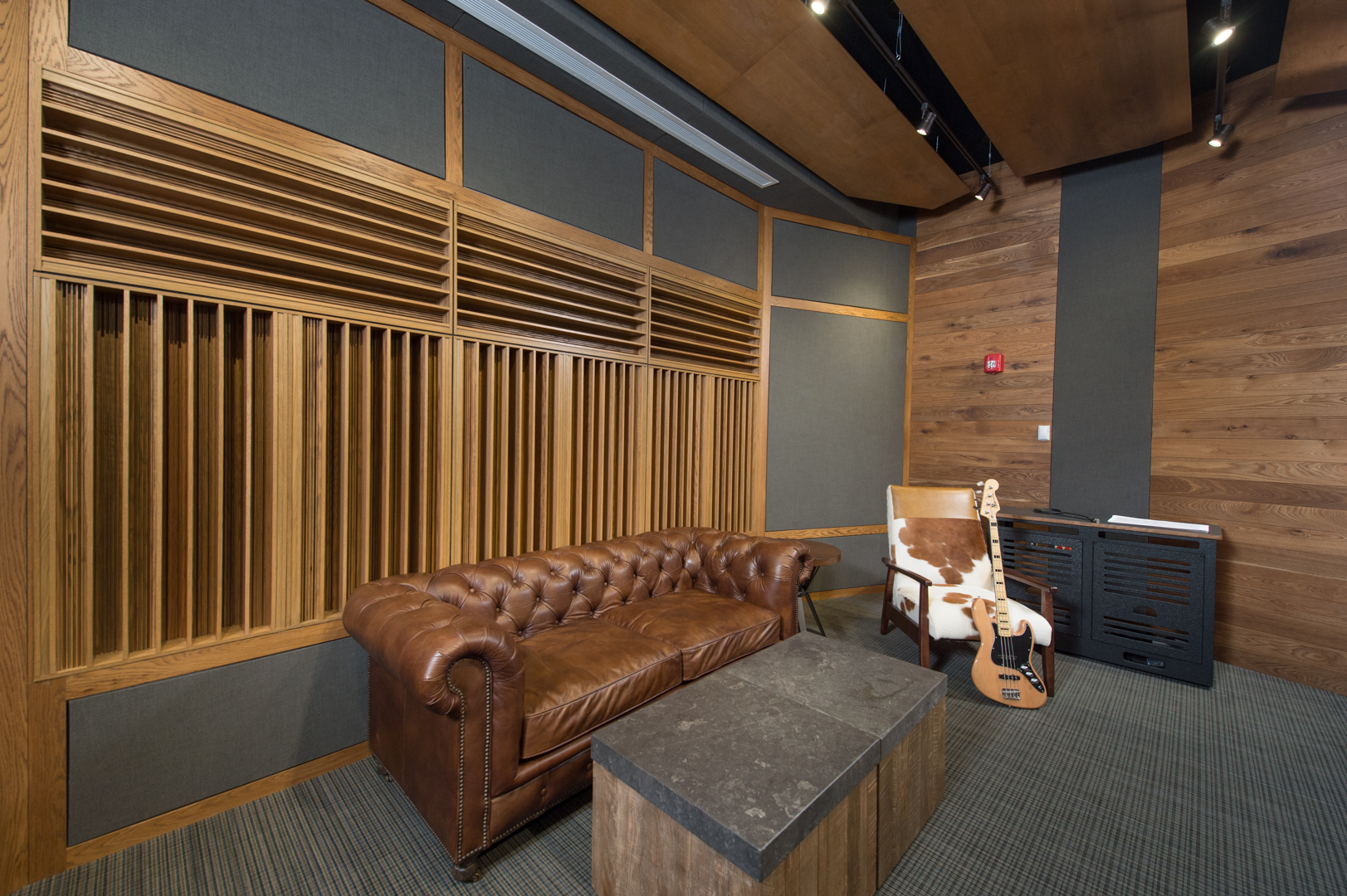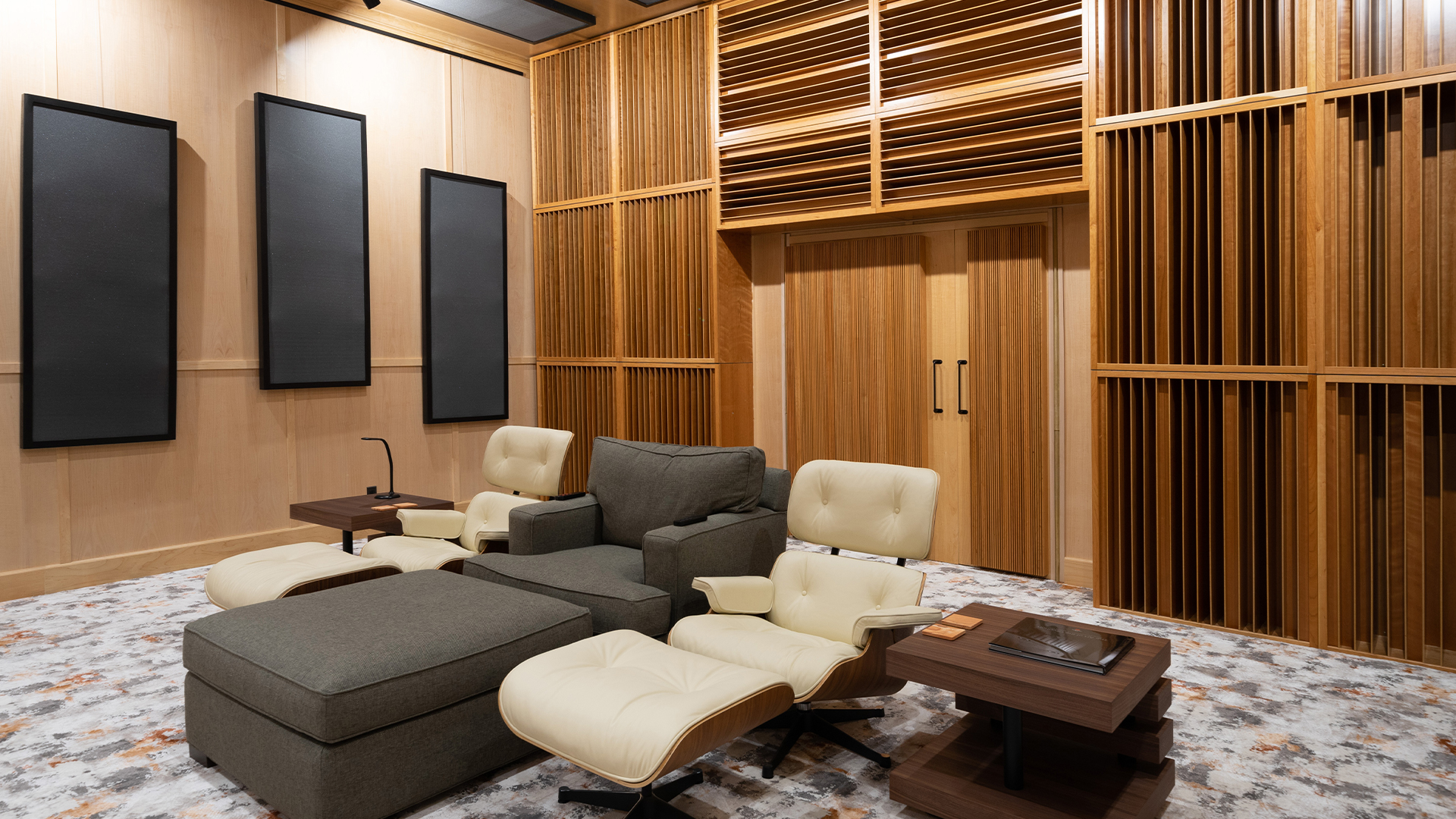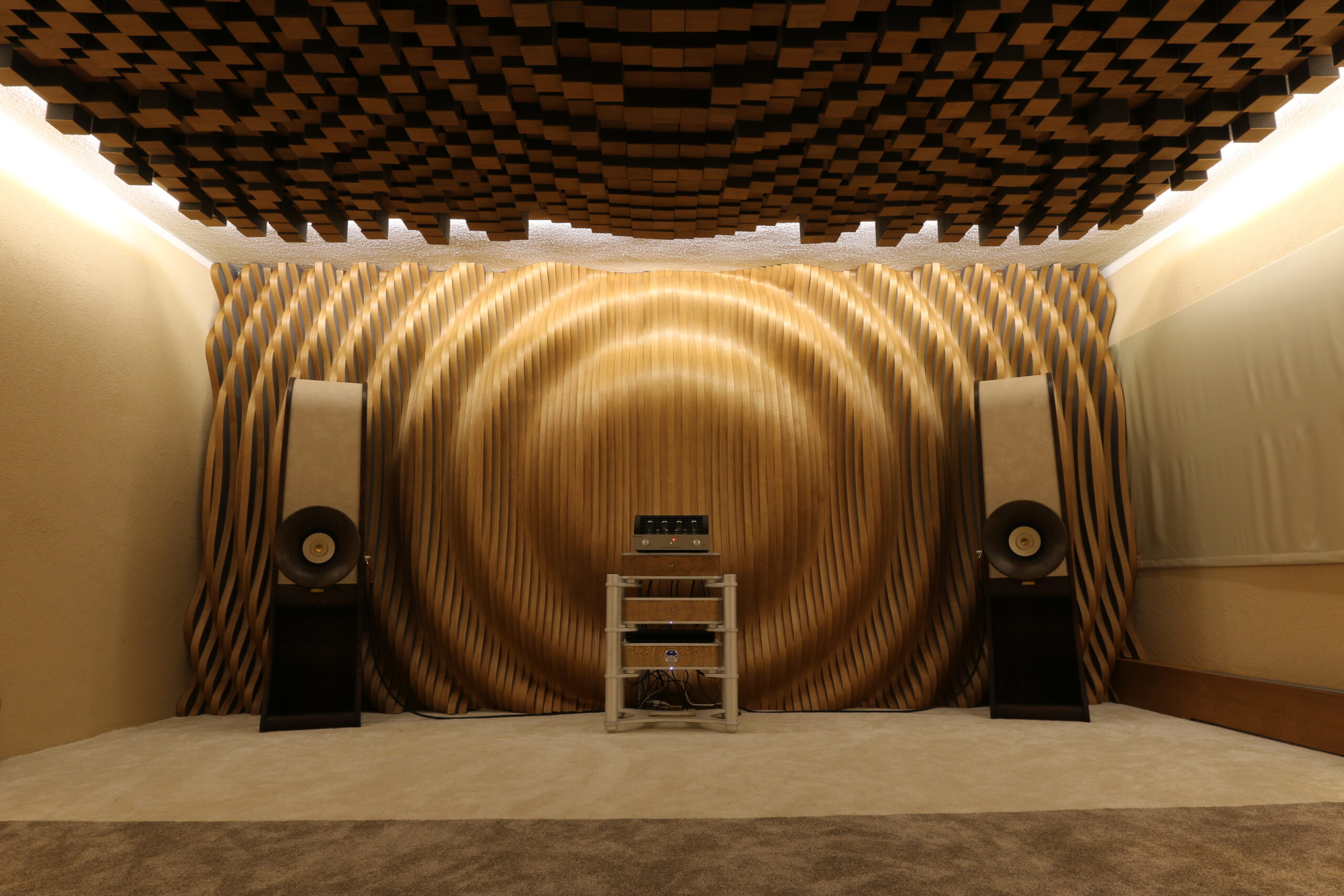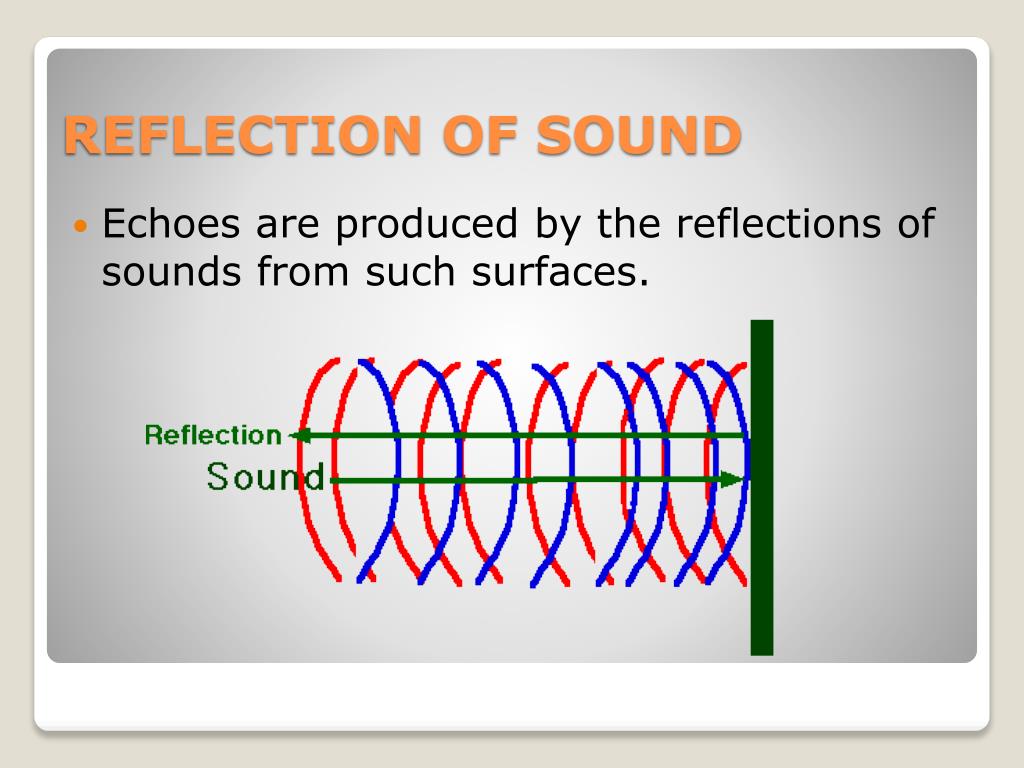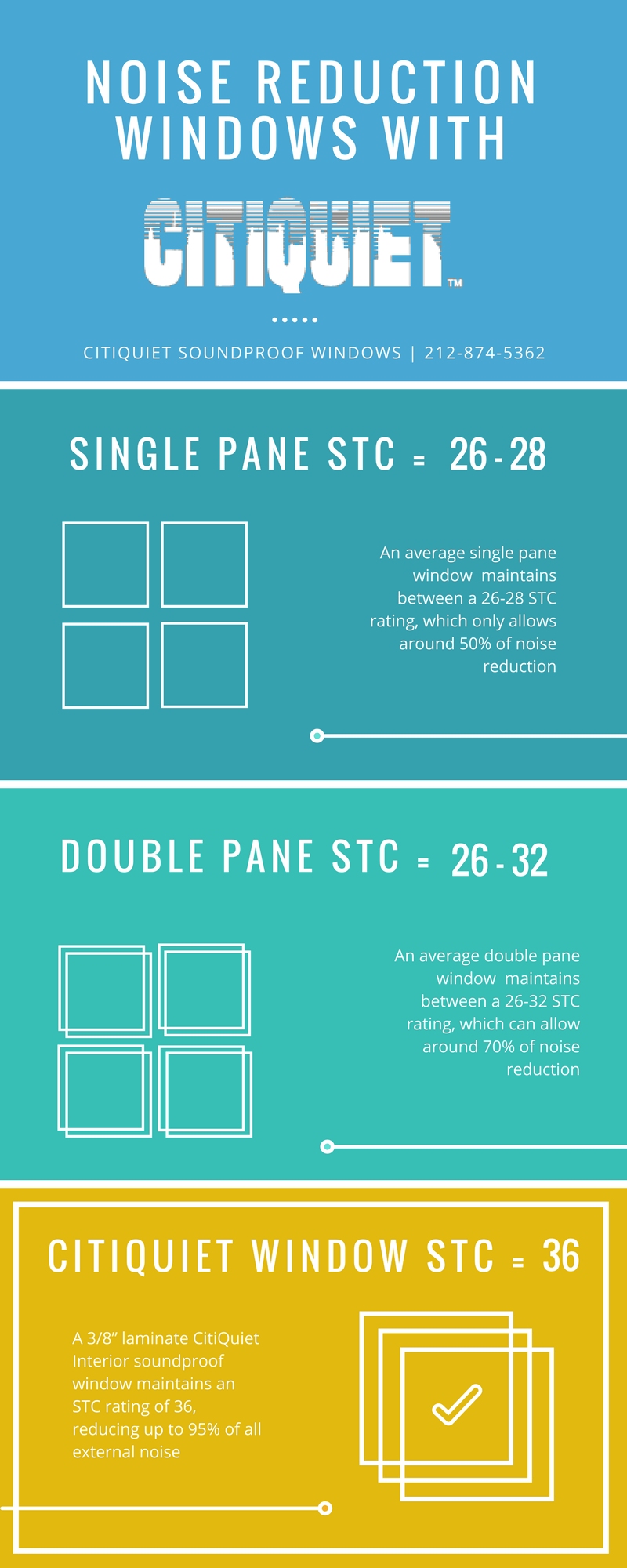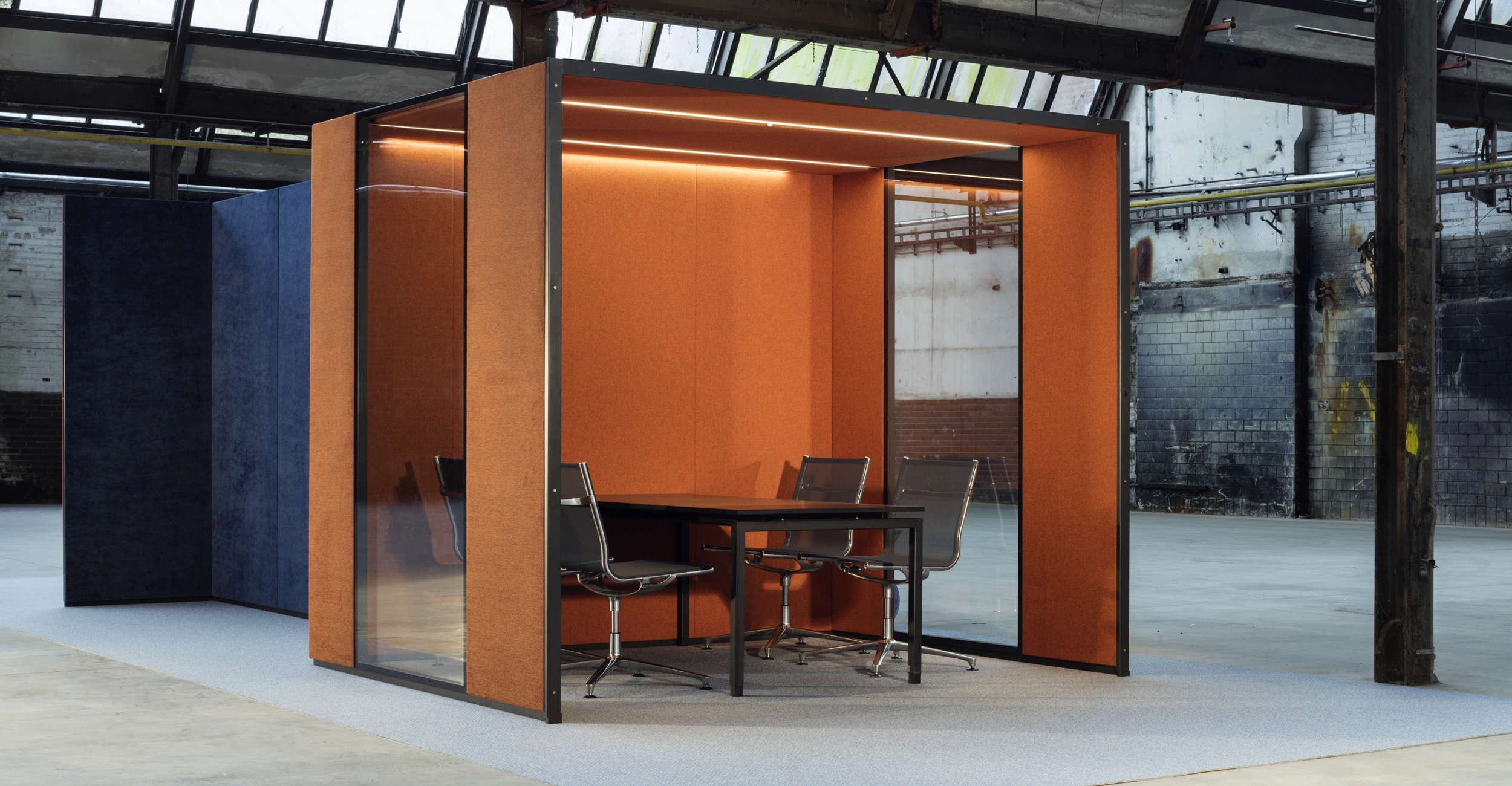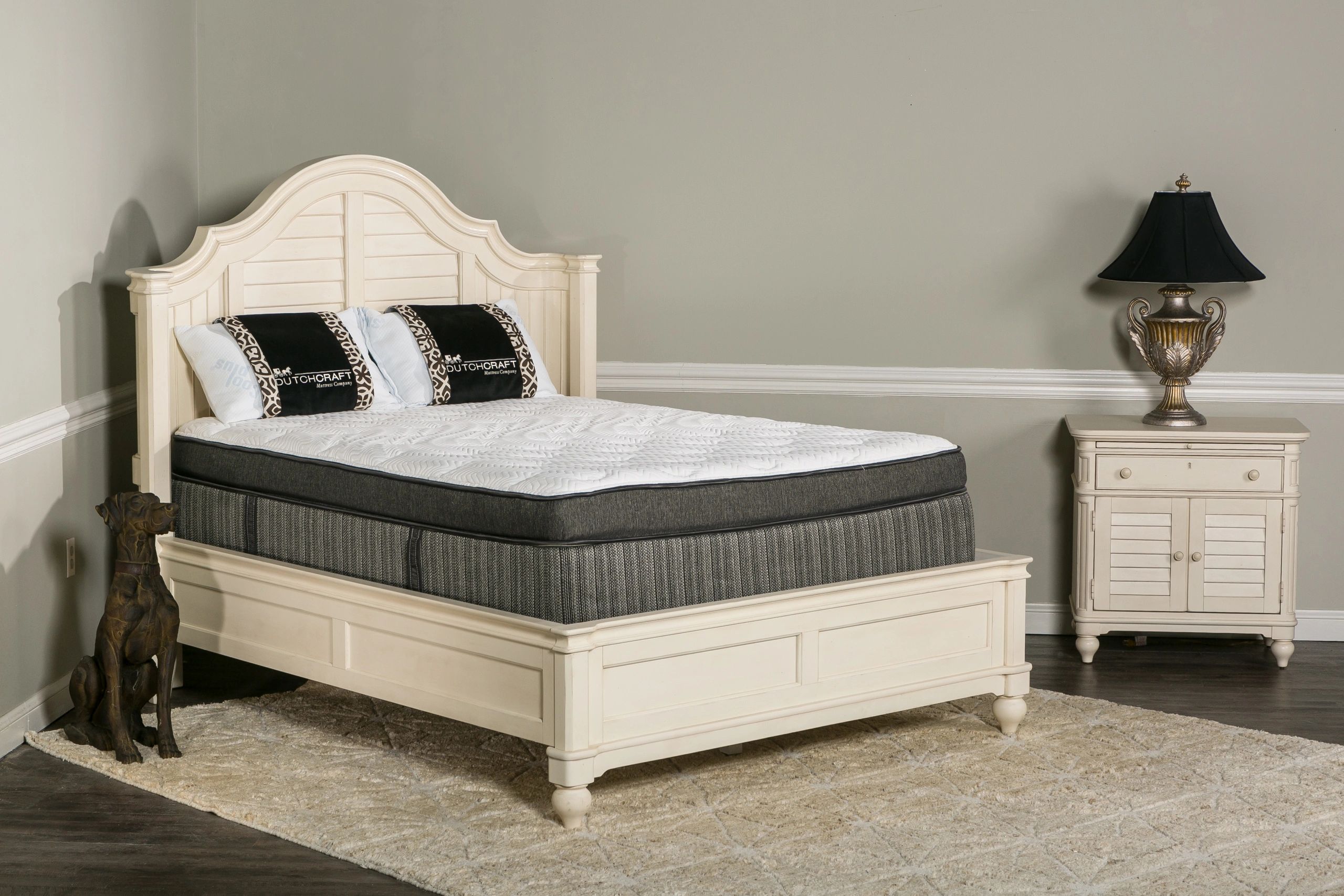Acoustic Panels: The Solution for Too Much Echo
Are you tired of the constant echo in your living room? Does it feel like you're talking in an empty cave instead of a cozy home? You're not alone. Many homeowners struggle with excessive echo in their living rooms, making it difficult to enjoy time with family and friends. Luckily, there is a solution – acoustic panels.
Acoustic panels are specially designed to absorb and reduce sound reflections, making your living room much more pleasant to be in. These panels come in various shapes, sizes, and designs, making them a versatile and stylish addition to your home. Let's dive into the world of acoustic panels and discover how they can transform your living room into a comfortable and echo-free space.
Sound Absorbing Materials: The Key to a Quiet Living Room
When it comes to reducing echo in your living room, the key is to absorb sound waves rather than reflecting them. This is where sound absorbing materials come in. These materials are designed to absorb sound waves instead of bouncing them back into the room. Common sound absorbing materials include fabric, foam, and wood.
When choosing sound absorbing materials for your living room, it's important to consider both their effectiveness and aesthetic appeal. Acoustic panels made from fabric or foam are highly effective and can also be customized to match your home's décor. On the other hand, wooden panels not only absorb sound but also add a natural and rustic touch to your living room.
Soundproofing: Blocking Out External Noise
If your living room is plagued by external noise, such as traffic or noisy neighbors, soundproofing may be necessary. Soundproofing materials are designed to block or reduce the transmission of sound from outside, creating a quieter and more peaceful living room.
Some common soundproofing materials include mass-loaded vinyl, soundproof curtains, and acoustic seals. These materials are typically installed in the walls, windows, and doors of your living room to prevent external noise from disrupting your space. Soundproofing can be a bit more costly and involved than sound absorption, but it can make a significant difference in reducing echo and creating a tranquil living room environment.
Acoustic Treatment: The Complete Solution for Echo Reduction
Acoustic treatment is a comprehensive approach to controlling sound in your living room. It involves a combination of sound absorption and soundproofing techniques to create a well-balanced and acoustically pleasing space. This approach is ideal for those who want to completely eliminate echo and achieve the perfect sound in their living room.
In addition to acoustic panels and soundproofing materials, acoustic treatment may also include bass traps, which absorb low-frequency sound waves, and diffusers, which scatter sound reflections to create a more natural and even sound. When done correctly, acoustic treatment can completely transform the acoustics of your living room and make it a comfortable and enjoyable space for all.
Sound Dampening: A Quieter and More Enjoyable Living Room
Another way to reduce echo in your living room is through sound dampening. This involves adding materials that absorb sound and reduce vibrations, creating a quieter and more peaceful atmosphere. Sound dampening is particularly useful in homes with hardwood floors, as the hard surfaces can amplify sound and create excessive echo.
There are several ways to add sound dampening to your living room, such as adding area rugs, curtains, and upholstered furniture. These materials not only absorb sound but also add texture and warmth to your living room. Consider adding a combination of sound dampening materials and acoustic panels for the ultimate echo reduction.
Room Acoustics: Understanding the Science of Sound
To truly understand how to reduce echo in your living room, it's essential to have a basic understanding of room acoustics. Room acoustics is the study of how sound behaves in an enclosed space, such as a living room. It involves understanding how sound waves interact with surfaces and objects in a room and how these interactions affect the overall sound quality.
By understanding the science of sound, you can make informed decisions about which acoustic treatments will be most effective in your living room. For example, if you have hard surfaces like tile or hardwood floors, you may need more sound absorption materials to counteract the sound reflections. On the other hand, if your living room has a lot of soft surfaces like carpet and curtains, you may need more soundproofing to prevent external noise from entering the space.
Sound Reflection: Finding the Right Balance
While reducing echo in your living room is important, it's also essential to strike the right balance between absorption and reflection. Too much sound absorption can make your living room feel dull and lifeless, while too much reflection can create a harsh and unpleasant sound. The key is to find the right balance that suits your preferences and the acoustics of your living room.
To achieve this balance, consider adding a mix of sound absorption and reflective materials to your living room. For example, you can add acoustic panels to one wall while leaving the others bare to allow for some sound reflection. You can also strategically place furniture and décor to help diffuse and scatter sound waves, creating a more natural and balanced sound in your living room.
Noise Reduction: A Peaceful and Serene Living Room
Nothing ruins a peaceful evening in your living room like excessive noise. Whether it's the sound of the TV blaring or your kids playing loudly, noise can quickly turn your living room into a chaotic and stressful space. To combat this, consider incorporating noise reduction techniques into your living room design.
This can include adding sound-absorbing materials to the walls and ceiling, using heavy curtains or soundproofing seals on doors and windows, and even adding soundproofing materials to the floor. With noise reduction, you can create a serene and tranquil living room where you can relax and unwind without any distractions.
Acoustic Design: Creating Your Perfect Echo-Free Living Room
Finally, when it comes to reducing echo in your living room, it's essential to consider the overall acoustic design of the space. This includes everything from the layout of your furniture to the type of flooring you have. For example, having a large open space with high ceilings can create excessive echo, while a smaller room with carpeted floors can help absorb sound and reduce echo.
When designing your living room, consider incorporating acoustic treatment and sound-absorbing materials into the layout and décor. This can include adding bookshelves, curtains, and furniture to strategically break up sound reflections and create a more balanced and enjoyable sound in your living room.
Transform Your Living Room into an Echo-Free Oasis
Say goodbye to the frustration of too much echo in your living room and hello to a peaceful and enjoyable space with the help of acoustic panels, sound-absorbing materials, and other acoustic treatments. With a little bit of planning and the right materials, you can transform your living room into an echo-free oasis that you and your family will love spending time in. So go ahead and start creating your perfect living room today!
The Impact of Excessive Echo in Your Living Room

The Importance of Acoustics in House Design
 When designing a house, many factors need to be considered, such as functionality, aesthetics, and comfort. However, one aspect that is often overlooked is the acoustics of a room. The way sound travels and is absorbed in a space can greatly affect the overall ambiance and functionality of a room. This is especially true in the living room, where we spend most of our time relaxing, entertaining, and watching TV.
Excessive echo in the living room can greatly impact our daily experience and needs to be addressed in house design.
When designing a house, many factors need to be considered, such as functionality, aesthetics, and comfort. However, one aspect that is often overlooked is the acoustics of a room. The way sound travels and is absorbed in a space can greatly affect the overall ambiance and functionality of a room. This is especially true in the living room, where we spend most of our time relaxing, entertaining, and watching TV.
Excessive echo in the living room can greatly impact our daily experience and needs to be addressed in house design.
The Causes of Echo in the Living Room
 Before we delve into the solutions, it's important to understand the causes of echo in the living room. One major factor is the lack of sound-absorbing materials in the room. Hard surfaces, such as bare walls, floors, and ceilings, reflect sound waves, creating an echo effect. Another cause is the layout of the furniture. Large, open spaces with minimal furniture can also contribute to excessive echo.
Before we delve into the solutions, it's important to understand the causes of echo in the living room. One major factor is the lack of sound-absorbing materials in the room. Hard surfaces, such as bare walls, floors, and ceilings, reflect sound waves, creating an echo effect. Another cause is the layout of the furniture. Large, open spaces with minimal furniture can also contribute to excessive echo.
The Negative Effects of Excessive Echo
 While a little echo in a room can add a sense of spaciousness and grandeur, too much echo can have negative effects. First and foremost, it can make it difficult to have conversations or hear the TV clearly. This can be frustrating and make the living room less enjoyable to spend time in. Additionally, excessive echo can also affect the quality of sound in the room, making music or movies sound distorted or muffled.
While a little echo in a room can add a sense of spaciousness and grandeur, too much echo can have negative effects. First and foremost, it can make it difficult to have conversations or hear the TV clearly. This can be frustrating and make the living room less enjoyable to spend time in. Additionally, excessive echo can also affect the quality of sound in the room, making music or movies sound distorted or muffled.
The Solution: Proper Acoustic Treatment
 Fortunately, there are solutions to combat excessive echo in the living room. One option is to add sound-absorbing materials, such as rugs, curtains, or acoustic panels, to the room. These materials can help reduce the amount of sound bouncing off hard surfaces, thus minimizing the echo effect. Another solution is to rearrange the furniture to create a more balanced and functional layout.
Proper acoustic treatment not only improves the sound quality in the living room but also adds a touch of style and warmth to the space.
Fortunately, there are solutions to combat excessive echo in the living room. One option is to add sound-absorbing materials, such as rugs, curtains, or acoustic panels, to the room. These materials can help reduce the amount of sound bouncing off hard surfaces, thus minimizing the echo effect. Another solution is to rearrange the furniture to create a more balanced and functional layout.
Proper acoustic treatment not only improves the sound quality in the living room but also adds a touch of style and warmth to the space.
The Importance of Considering Acoustics in House Design
 In conclusion, acoustics play a significant role in house design and should not be overlooked. When designing a living room, it's important to consider the potential for excessive echo and take steps to prevent it. By incorporating sound-absorbing materials and creating a well-balanced layout, you can ensure a comfortable and enjoyable living room experience for you and your guests. So, the next time you're designing a living room, remember the importance of acoustics and make it a priority in your design.
In conclusion, acoustics play a significant role in house design and should not be overlooked. When designing a living room, it's important to consider the potential for excessive echo and take steps to prevent it. By incorporating sound-absorbing materials and creating a well-balanced layout, you can ensure a comfortable and enjoyable living room experience for you and your guests. So, the next time you're designing a living room, remember the importance of acoustics and make it a priority in your design.




